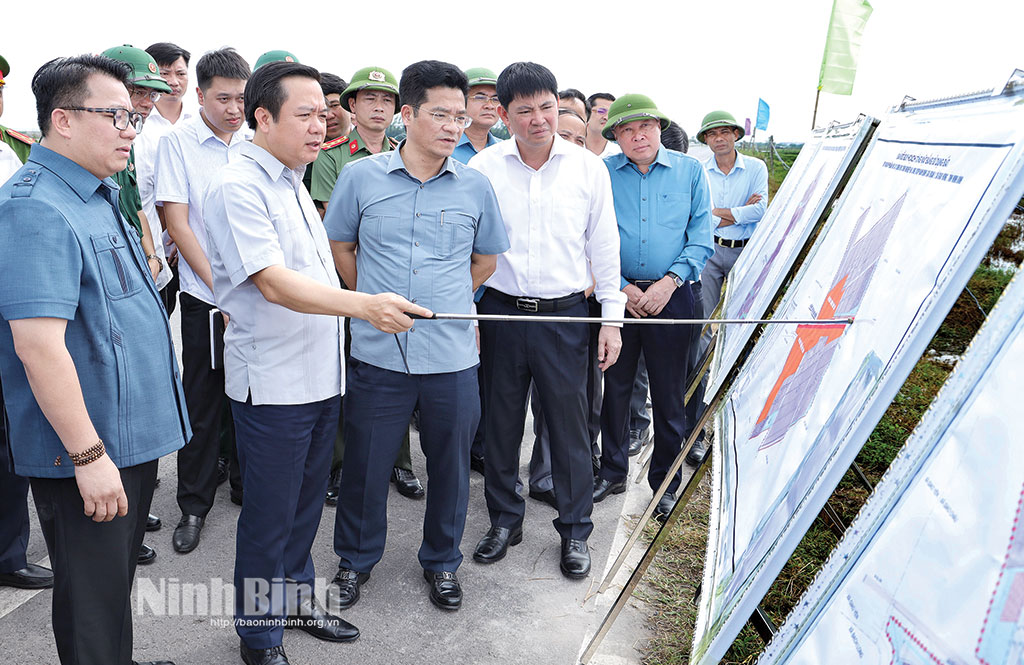
The task is demanding, but with the determination to establish the position of the new province on the development map of the whole country, the Provincial Party Committee has directed the development of an action program and clearly defined the roles and responsibilities of affiliated party organizations in advising and implementing so that the breakthrough in infrastructure development truly brings high efficiency.
First of all, the Provincial Party Committee requires its subordinate Party Committees to innovate management and operation methods in implementing the 2-level local government model in the spirit of strengthening inter-sectoral coordination between departments and branches through establishing coordination mechanisms - inter-sectoral for each group of fields and tasks. Transform from a management administrative model to a service administrative model, proactively and creatively organizing implementation according to assigned functions and tasks, not waiting or relying on superiors. Apply flexible financial and budgetary mechanisms, especially investment in development according to dynamic regions and functional regions instead of leveling between communes and wards. Along with that, subordinate Party Committees need to innovate leadership, direction and operation methods, focus on innovating leadership thinking, development thinking in the context of changing areas, population size, and administrative units; urgently apply digital platforms to all aspects of work, with specific products made public on digital platforms for monitoring.
To make a breakthrough in infrastructure development, the Department of Construction has focused on advising, directing and organizing the implementation of planning and investment in transport infrastructure, urban and rural areas associated with regional connectivity, optimizing resources and development potential of the province; advising the Provincial People's Committee to prioritize resource allocation for dynamic and widespread projects, avoiding dispersion and fragmentation. The Department has also promoted the application of digital transformation in planning management, construction order management, construction licensing; deployed an urban technical infrastructure management system, a synchronous and interconnected planning database between departments and branches. The appraisal and selection of infrastructure investment projects adhere to the principle of taking socio -economic efficiency and environmental protection as the top criteria.
Comrade Nguyen Van Luong, Member of the Provincial Party Standing Committee, Party Secretary, Director of the Department of Construction, said: Determining infrastructure development, especially transport - logistics infrastructure, as a breakthrough to build Ninh Binh into a new growth pole in the South of the Red River Delta, the Department of Construction has focused on consulting on completing the network of expressways, national highways and provincial roads; investing in high-speed railways, international airports, deep-water seaports; developing urban and rural infrastructure combined with tourism - industry - logistics. The Department has strengthened coordination in organizing the updating and adjustment of the Provincial Planning for the period 2021-2030, with a vision to 2050 in the field of transport infrastructure; clearly defining development space, key economic corridors, and development driving forces. In particular, infrastructure development planning is focused on, creating a seamless connection network, favorable for the development of marine economy, high-tech industry, urban areas and tourism.
Specifically, the Department of Construction has advised the Provincial Party Committee and the Provincial People's Committee to unify policies and direct the implementation of key traffic routes, creating synchronous connections within the province and inter-regional, including: Bridges connecting across the Day River and Hoang Long River and strategic routes such as Nam Dinh - Hoa Lu, Thanh Liem - Cao Bo, Hoa Lu - Cao Bo, Kim Son - Nho Quan, Cuc Phuong - Trang An; investing in upgrading and expanding the development axis route connecting Cao Bo - Ninh Co into an expressway; the coastal expressway from Quang Ninh - Hai Phong - Hung Yen - Ninh Binh connecting with the Eastern North-South expressway, creating momentum for the development of coastal economic zones; the Ha Nam - Nam Dinh expressway (CT.11), phase 1; construction of Ring Road 5 (CT.39) - Capital Region, the section passing through Ninh Binh province connecting directly with logistics centers and large industrial parks; Proposal to build an international airport with an initial design capacity of about 10 million passengers/year; Ninh Binh seaport with a capacity of about 120 million tons of cargo/year.
Regarding urban and rural infrastructure development, the Provincial Party Committee leads the Provincial People's Committee to direct departments and branches to advise on planning and construction in a synchronous and modern direction. Regarding urban infrastructure, focus on planning and construction of central urban areas in Hoa Lu, Phu Ly and Nam Dinh in the direction of ecological, smart and modern urban areas. Regarding rural infrastructure, the province synchronously implements the program of building advanced new rural areas and model new rural areas associated with the development of essential infrastructure (transportation, electricity, water, telecommunications). Craft village models and high-tech agriculture are planned in association with rural industrial clusters, contributing to improving people's lives.
To successfully achieve the set goals, the Provincial Party Committee and People's Committee led relevant units to strengthen coordination, urgently review and develop a concise integrated plan in a short time; clearly define development zones and restricted zones, preserve key economic zones and potential zones, reserve resources; expand the scope of defining dynamic zones and development corridors. Integrate urban development planning of Ha Nam, Nam Dinh, Ninh Binh on the basis of clearly defining the functions of each urban area. Design professional urban areas in accordance with the functions and preserve and promote the identity of each urban area, striving to soon achieve the criteria of a centrally-run city.
Building advanced new rural areas, model new rural areas, focusing on the quality of development, the sustainability of the achieved criteria, promoting harmonious rural-urban relations. At the same time, strengthening the management of transitional planning by applying digital platforms and online planning maps. Ensuring connectivity and harmony between merged areas; balanced development, avoiding regional disparities and gaps between localities after the merger.
After the administrative boundary consolidation, Ninh Binh province (new) is a locality with an important strategic position, a connecting center of the Red River Delta region with key economic regions in the North, North Central and coastal economic corridor. However, the socio-economic infrastructure is still limited, not synchronized, and has not fully exploited its potential and geographical advantages. Therefore, identifying the development of synchronous and modern infrastructure as one of the three strategic breakthroughs, playing a driving role for rapid and sustainable socio-economic development, is a key and urgent task in the period 2025-2030, with a vision to 2050.
According to the Director of the Department of Construction Nguyen Van Luong, the determination of a breakthrough in developing a synchronous and modern infrastructure system not only facilitates transportation and attracts investment but also positions Ninh Binh to become a new growth pole in the South of the Red River Delta; is a key factor, deciding the success of the province in the new development journey - making Ninh Binh a province with modern industry, high-quality tourism services, green urban areas associated with heritage; establishing the position and role of an international tourist city; an important high-tech industrial center of the inter-region and the country.
Leaders effectively implement breakthrough number 3, which is to focus on building and deploying mechanisms and policies, exploiting resources for development; promptly removing bottlenecks and bottlenecks, ensuring synchronization and harmony in all fields, meeting the requirements of building Ninh Binh to develop rapidly and sustainably, becoming a rich, civilized and happy province.
Source: https://baoninhbinh.org.vn/dang-bo-ubnd-tinh-lanh-dao-thuc-hien-cac-khau-dot-pha-ve-phat-trien-ha-tang-250928230723651.html


![[Photo] Hanoi morning of October 1: Prolonged flooding, people wade to work](https://vphoto.vietnam.vn/thumb/1200x675/vietnam/resource/IMAGE/2025/10/1/189be28938e3493fa26b2938efa2059e)





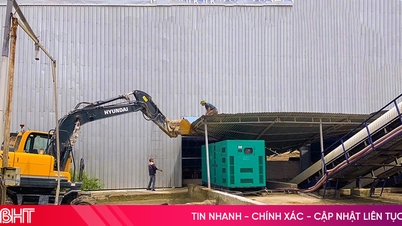

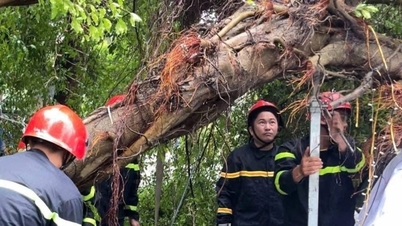

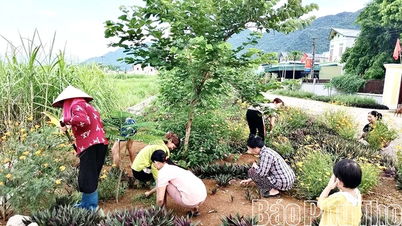

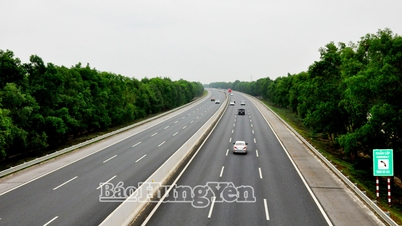

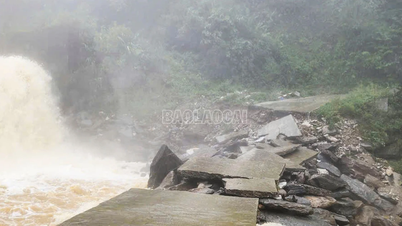







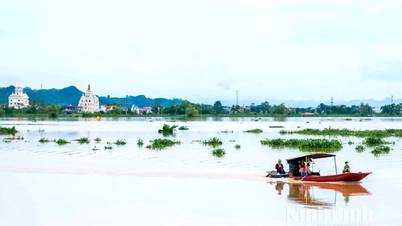
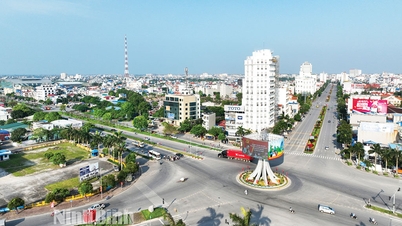
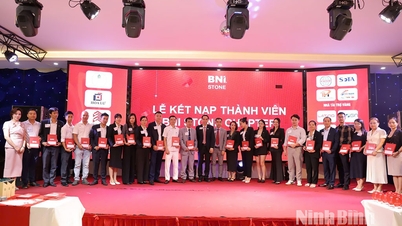
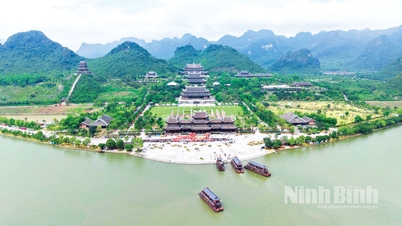
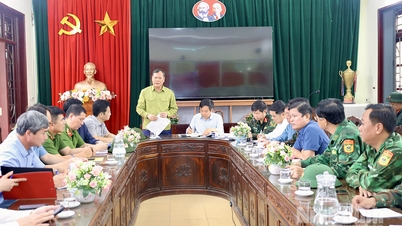

![[Photo] President Luong Cuong receives President of the Cuban National Assembly Esteban Lazo Hernandez](https://vphoto.vietnam.vn/thumb/1200x675/vietnam/resource/IMAGE/2025/9/30/4d38932911c24f6ea1936252bd5427fa)
![[Photo] The 1st Congress of Phu Tho Provincial Party Committee, term 2025-2030](https://vphoto.vietnam.vn/thumb/1200x675/vietnam/resource/IMAGE/2025/9/30/1507da06216649bba8a1ce6251816820)
![[Photo] Panorama of the cable-stayed bridge, the final bottleneck of the Ben Luc-Long Thanh expressway](https://vphoto.vietnam.vn/thumb/1200x675/vietnam/resource/IMAGE/2025/9/30/391fdf21025541d6b2f092e49a17243f)

























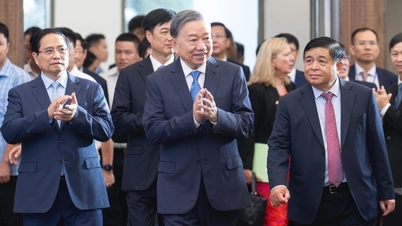
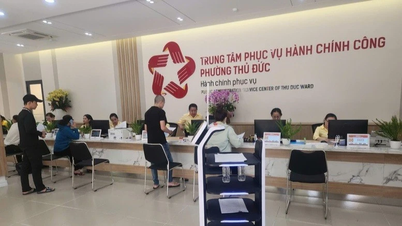

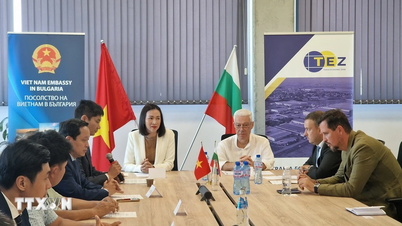
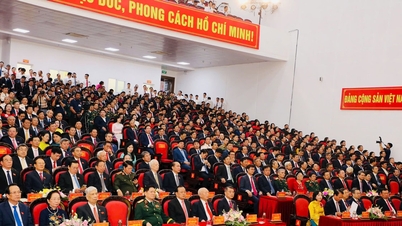

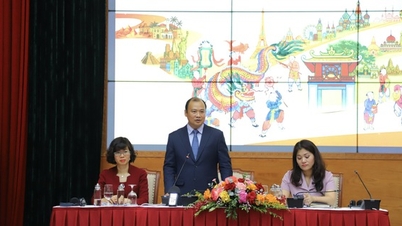










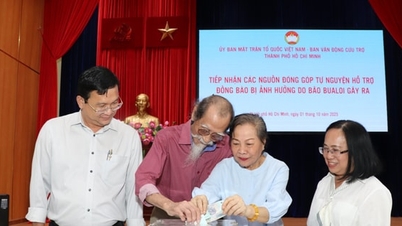
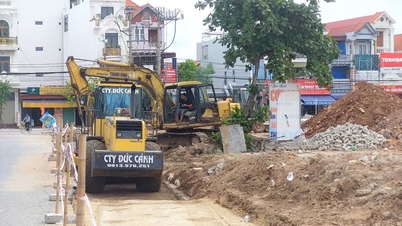



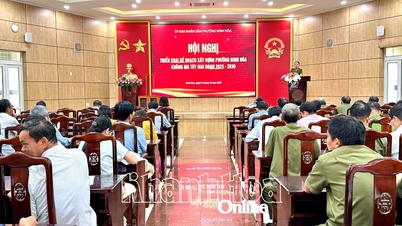















Comment (0)